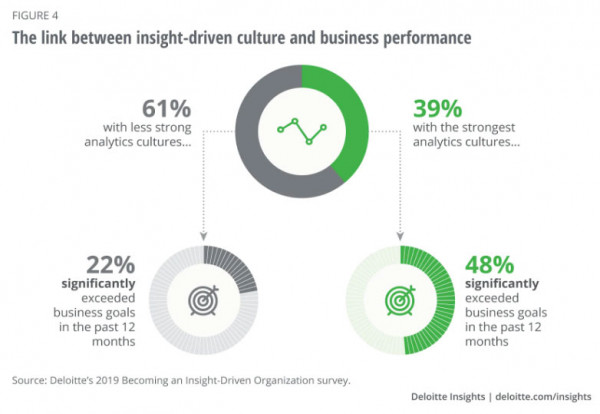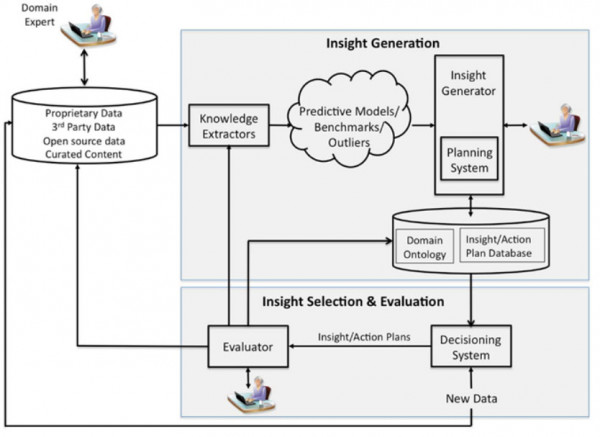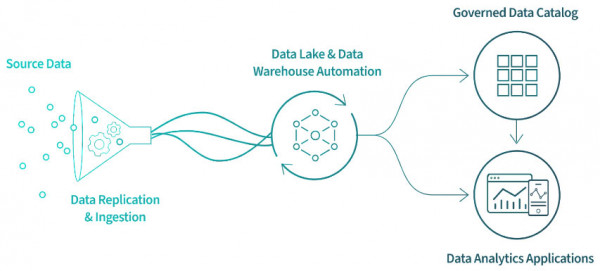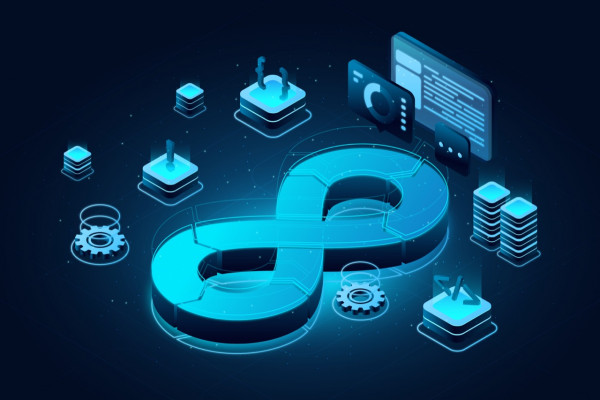Today modern technology has made it possible to provide actionable insights for all, live analytics and ability to analyse cloud data. Businesses can generate enormous amounts of value if the vast volumes of data available with them can yield in depth and actionable insights.
An insight can be defined as a fundamental business need that organisations can harness to generate value for their clients, investors and themselves.
Insight generation is dependent on the following factors:
- Collecting, organising, and retaining data
- Creating analytical models based on that data
- Examining the generated models
- Understanding the objectives and constraints of the decision-making process.


Characteristics of an insight
Any data must have some specific characteristics before it can be deemed an insight by your digital consultants. These are:
- Alignment: Insights should be aligned with the key metrics, or KPIs decided on by the organisation.
- Relevance: Your resources to collect and analyse data are limited. Hence your efforts must focus on data relevant to your work.
- Specificity: The insight should be as detailed as possible. It should be tailored to the objectives the management most cares about. Specific achievable outcomes should be delineated.
- Novelty: The insight must be new; it should not rehash old data but rather offer a unique perspective.
Process of insight generation
Here is a simplified illustration of the insight generation process


The steps involved in the insight generation process are:
- Data collection: The IT service provider needs to collect, curate, and organise the data. They’ll need to figure out data collection methods, management, and archiving.
They’ll also need to devise the correct “instrumentation” for the environment generating the raw data, i.e., what data needs to be captured and how we can capture it.
Finally, they’ll need to organise the unfiltered raw data into a “clean” state, from which conclusions can be effectively drawn. - Analyse the extracted knowledge to derive candidate insights: After the data has been collected and organised, your IT consultants will generate candidate insights by reasoning over the output of analytical models or knowledge extractors.
During this step, essential details will emerge, e.g., outliers or associations among the various data points. Reasoning can be automated, or you can hire a human domain expert.
Different analytical models can be created, each model comprising a set of relations and providing a different perspective on specific data sets. - Devise action plans for each insight: Once insight has been identified, you’ll need to devise an action plan to act on that insight. For example, suppose you obtain an understanding that you cannot connect with potential customers on social media effectively. In that case, you’ll need to enact a digital transformation strategy to optimise your social media presence.
- Execute action plans and measure relevant KPIs: Only through practical application can you figure out if you have obtained accurate insights and devised the right action plan. KPIs can measure the cost and time taken to implement the new strategy and the return on investment (RoI).
The observations obtained from the new action plan can be used to improve the entire insight generation system, from instrumentation to knowledge extraction and the creation of strategies.


Role of technology in insight generation
Emerging technologies like the Internet of Things (IoT) are increasing the amount of data being generated each second by gigabytes. The large amount of data generated needs to be loaded and analysed at the same time to make faster decision making possible.
Smart cities will be built on autonomous vehicles, street lighting, utilities, etc. To automate these functions, a large number of sensors and IoT devices will be used which will ultimately increase the volume of data generated. To analyse any deviation, technology providers will have to provide analytical capabilities that reduce analysis’ time to seconds to ensure that corrective action is taken at the right time.
The right service providers provide data storage and analysis capabilities to companies to increase the value of their business.
Insight generation as a cloud-based service
Cloud IT solutions offered by enterprise IT services have begone an integral part of the insight generation ecosystem. Generating insight through manual analysis of data is a costly and time-consuming process, and it is neither scalable nor cost-effective.
Hence, companies like Google and IBM offer insight as a cloud-based service. This is cheaper, improves scalability, gives organisations access to insights generated across their industry, and allows organisations to access insight effectiveness evaluators.
Present situation of business insight generation
Today, companies like Domo, Thoughtspot, Snowflake, Firebolt etc. are equipping businesses with real-time analytics to improve their business decision making.
Thoughtspot utilises search and AI to deliver insights based on company data. The Modern Analytics Platform of ThoughtSpot generates live analytics that can be used for business decision making.
Snowflake has provided companies the ability to share and analyse large data sets without having to manage APIs. On the other hand, Firebolt provides best-in-class performance optimisation and store management which allows customers to deliver on complex data sets faster. DOMO is providing real-time customisable dashboards which can be personalised for every user.
Conclusion
Insight generation is a burgeoning sector of the IT service management industry, and new software and IT consulting jobs are cropping up in this field. An effective insight generation is crucial for any company seeking to maximise its efficiency in the modern market and provide the best services to its clients.



